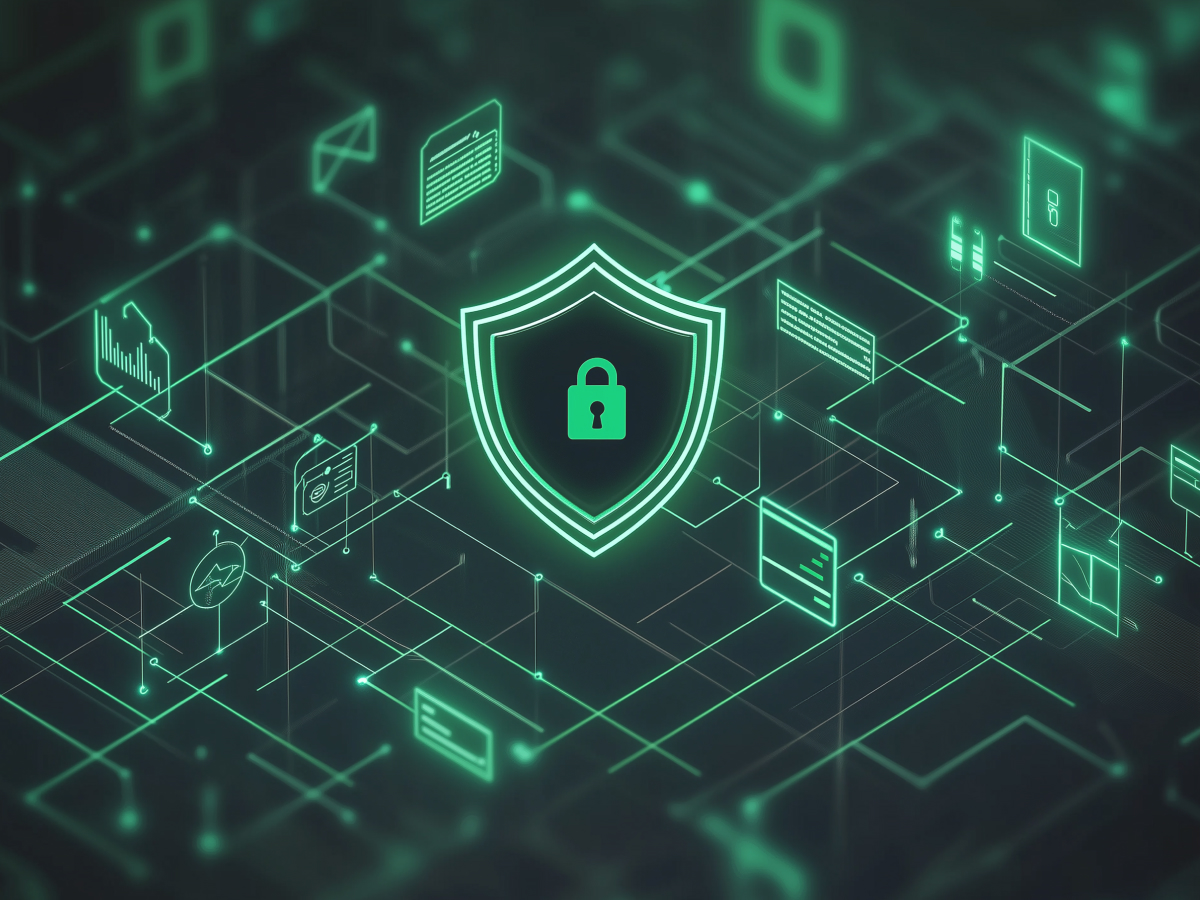Why ROI is difficult to quantify in cybersecurity
For most business investments, measuring ROI involves linking expenditure to quantifiable results, such as increased revenue or reduced costs. In cybersecurity, however, ROI is harder to demonstrate because many of the returns are preventative—essentially, the absence of costly incidents like breaches.
Unlike investments in sales or marketing, which can show a direct path to revenue growth, cybersecurity’s value often lies in safeguarding existing assets and preventing disruption rather than creating new income streams.
The benefits are real and substantial but not always immediately visible, making it challenging for executives to see clear ROI.
Traditional approaches and their limitations
Historically, organizations have tried to justify cybersecurity budgets by estimating the costs of potential breaches and using these hypothetical figures as justification for their investment.
This approach, however, tends to focus on potential losses rather than tangible gains, creating a “cost-avoidance” perspective rather than a growth or resilience perspective.
While essential for protection, these measures often fall short of showcasing the broader business value of cybersecurity. Organizations today need a shift from viewing cybersecurity as just a preventive cost toward recognizing it as a strategic asset that improves trust, compliance, and competitive advantage.
Limitations of focusing solely on breach prevention costs
Relying solely on breach prevention to justify security budgets presents a narrow and sometimes less compelling case for investment. When spending is justified only by potential breach costs, it frames security as merely a necessary expense rather than an asset that can contribute to business growth and reputation.
This limited view may cause executives to overlook the benefits of security practices that prevent breaches and support compliance, build customer loyalty, and instill trust across partnerships.
Understanding the scale and scope of cyber threats today
Cyber threats have intensified in both frequency and severity, underlining the need for comprehensive cybersecurity measures. SonicWall’s 2024 report highlights alarming statistics: 5.5 billion malware attacks, 493.3 million ransomware incidents, and 6.3 trillion intrusion attempts globally.
The figures clearly indicate the rapid escalation of cyber risks, with organizations facing unprecedented threats that can disrupt operations, compromise sensitive data, and erode customer trust.
Adding to this, ransomware demands have also surged, with the average payout reaching $2 million, and 30% of ransom demands now exceeding $5 million.
Transforming security spending into a business growth driver
For today’s executives, cybersecurity investments should extend beyond basic prevention to support broader business objectives. This typically includes protecting customer data, guaranteeing regulatory compliance, and maintaining operational stability—elements that collectively bolster brand reputation and customer loyalty.
When cybersecurity is positioned as part of the value proposition, it becomes a strategic investment that supports long-term business resilience and customer trust.
In an environment where data privacy and security are top concerns for customers, robust security practices offer a competitive edge. Executives across sectors like healthcare, finance, and defense increasingly view security as a key factor in the customer’s purchasing decision.
Organizations that showcase high standards in data protection build a reputation for trustworthiness, which can be a deciding factor in gaining or retaining clients. Emphasizing security as a core value can thus differentiate companies from competitors and build deeper customer loyalty.
Turning compliance standards into tangible ROI for your organization
Adhering to regulatory frameworks is a non-negotiable aspect of modern business operations, especially in high-stakes sectors. Compliance with standards such as the Sarbanes-Oxley Act (SOX), HIPAA, and the International Traffic in Arms Regulations (ITAR) helps organizations avoid penalties and signals commitment to data protection and operational transparency.
While achieving compliance requires investment, it provides a layer of assurance that resonates with stakeholders, building credibility and supporting long-term growth.
Compliance essentials for high-stakes sectors
Industries subject to specific regulatory standards face considerable pressure to maintain compliance, as regulations like SOX for financial integrity and HIPAA for health data privacy carry severe penalties for non-compliance.
For companies in these sectors, maintaining compliance goes beyond avoiding fines; it showcases a commitment to high-quality service and trust. Regulatory adherence then naturally becomes an asset in risk mitigation and a driver of stakeholder confidence.
Weighing PCI-DSS and compliance costs for maximum impact
Meeting compliance standards such as PCI-DSS, which requires secure handling of credit card data, often involves substantial investments in best practices like penetration testing, SIEM, and phishing exercises.
While these measures entail major costs, they bolster network resilience and reduce vulnerabilities, improving data protection and supporting compliance. Investing in these areas is an operational need that also reinforces the organization’s stability and trustworthiness.
Reinforcing customer and partner confidence with comprehensive security investments
Investing in cybersecurity is a commitment to stakeholders that an organization prioritizes data protection, compliance, and operational stability. For partners and customers, this dedication signals a trustworthy, reliable business partner who values data security.
Continuous investment in security can solidify long-term relationships and improve brand reputation in the marketplace.
Companies that consistently meet or exceed security expectations earn trust and loyalty from customers and partners.
Showcasing this commitment requires maintaining compliance, regular audits, and transparent security practices that provide ongoing assurance, ultimately leading to stronger relationships, easier renewals, and a more positive reputation.
Meeting contractual security standards as a path to measurable ROI
Many businesses, especially those in procurement or service-based relationships, face contractual obligations to meet specific security standards. Meeting these obligations fulfills legal requirements and contributes to measurable ROI through stronger customer relationships and reduced risk exposure.
Contractual adherence shows a business’s commitment to integrity, often simplifying negotiations and improving customer retention.
Final thoughts
As you reflect on your security budget, ask yourself: Are you only covering risks, or are you actively turning cybersecurity into a competitive advantage? Every dollar invested in security can reassure customers, drive loyalty, and position your brand as a trusted leader.
At a time when trust is currency, how will you make sure your security investments pay dividends in growth, reputation, and resilience? Now is the time to reframe cybersecurity as a core strategy for succeeding in an increasingly complex market.





